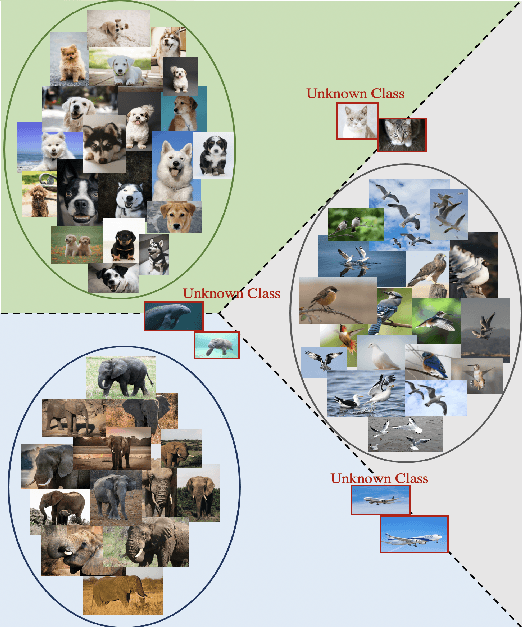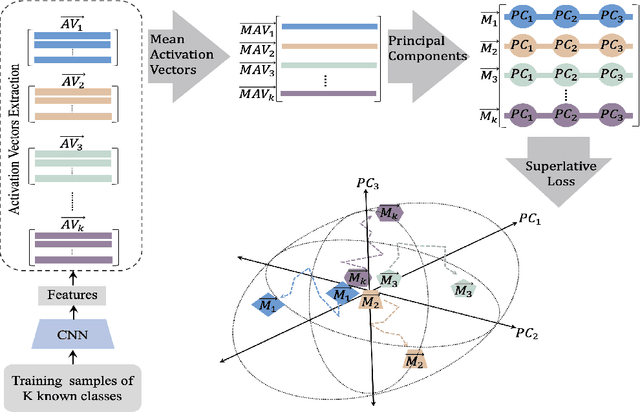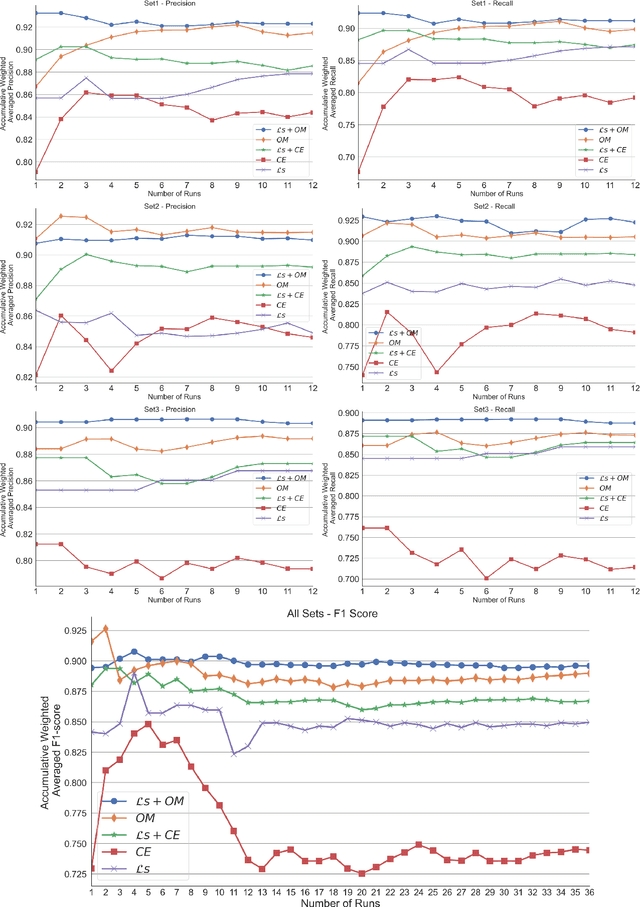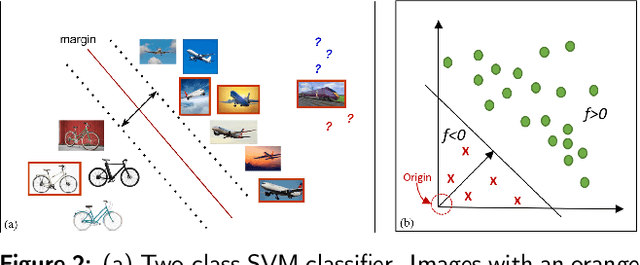Atefeh Mahdavi
Informed Decision-Making through Advancements in Open Set Recognition and Unknown Sample Detection
May 09, 2024



Abstract:Machine learning-based techniques open up many opportunities and improvements to derive deeper and more practical insights from data that can help businesses make informed decisions. However, the majority of these techniques focus on the conventional closed-set scenario, in which the label spaces for the training and test sets are identical. Open set recognition (OSR) aims to bring classification tasks in a situation that is more like reality, which focuses on classifying the known classes as well as handling unknown classes effectively. In such an open-set problem the gathered samples in the training set cannot encompass all the classes and the system needs to identify unknown samples at test time. On the other hand, building an accurate and comprehensive model in a real dynamic environment presents a number of obstacles, because it is prohibitively expensive to train for every possible example of unknown items, and the model may fail when tested in testbeds. This study provides an algorithm exploring a new representation of feature space to improve classification in OSR tasks. The efficacy and efficiency of business processes and decision-making can be improved by integrating OSR, which offers more precise and insightful predictions of outcomes. We demonstrate the performance of the proposed method on three established datasets. The results indicate that the proposed model outperforms the baseline methods in accuracy and F1-score.
* Accepted for proceedings of the 57th Hawaii International Conference on System Sciences: 10 pages, 6 figures, 3-6 January 2024, Honolulu, United States
A Survey on Open Set Recognition
Aug 18, 2021



Abstract:Open Set Recognition (OSR) is about dealing with unknown situations that were not learned by the models during training. In this paper, we provide a survey of existing works about OSR and distinguish their respective advantages and disadvantages to help out new researchers interested in the subject. The categorization of OSR models is provided along with an extensive summary of recent progress. Additionally, the relationships between OSR and its related tasks including multi-class classification and novelty detection are analyzed. It is concluded that OSR can appropriately deal with unknown instances in the real-world where capturing all possible classes in the training data is not practical. Lastly, applications of OSR are highlighted and some new directions for future research topics are suggested.
 Add to Chrome
Add to Chrome Add to Firefox
Add to Firefox Add to Edge
Add to Edge